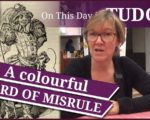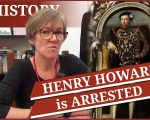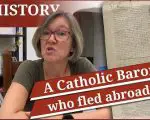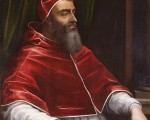
On this day in Tudor history, 22nd January 1554, Thomas Wyatt the Younger met with fellow conspirators at his home of Allington Castle in Kent. The purpose of their meeting was to make final plans for their uprising against Queen Mary I and her decision to marry Philip of Spain.
This rebellion would come to be known as Wyatt’s Rebellion, although the leader at the start appears to have been Sir James Croft.
Find out all about Wyatt’s Rebellion and what happened in this talk.
[Read More...]




























